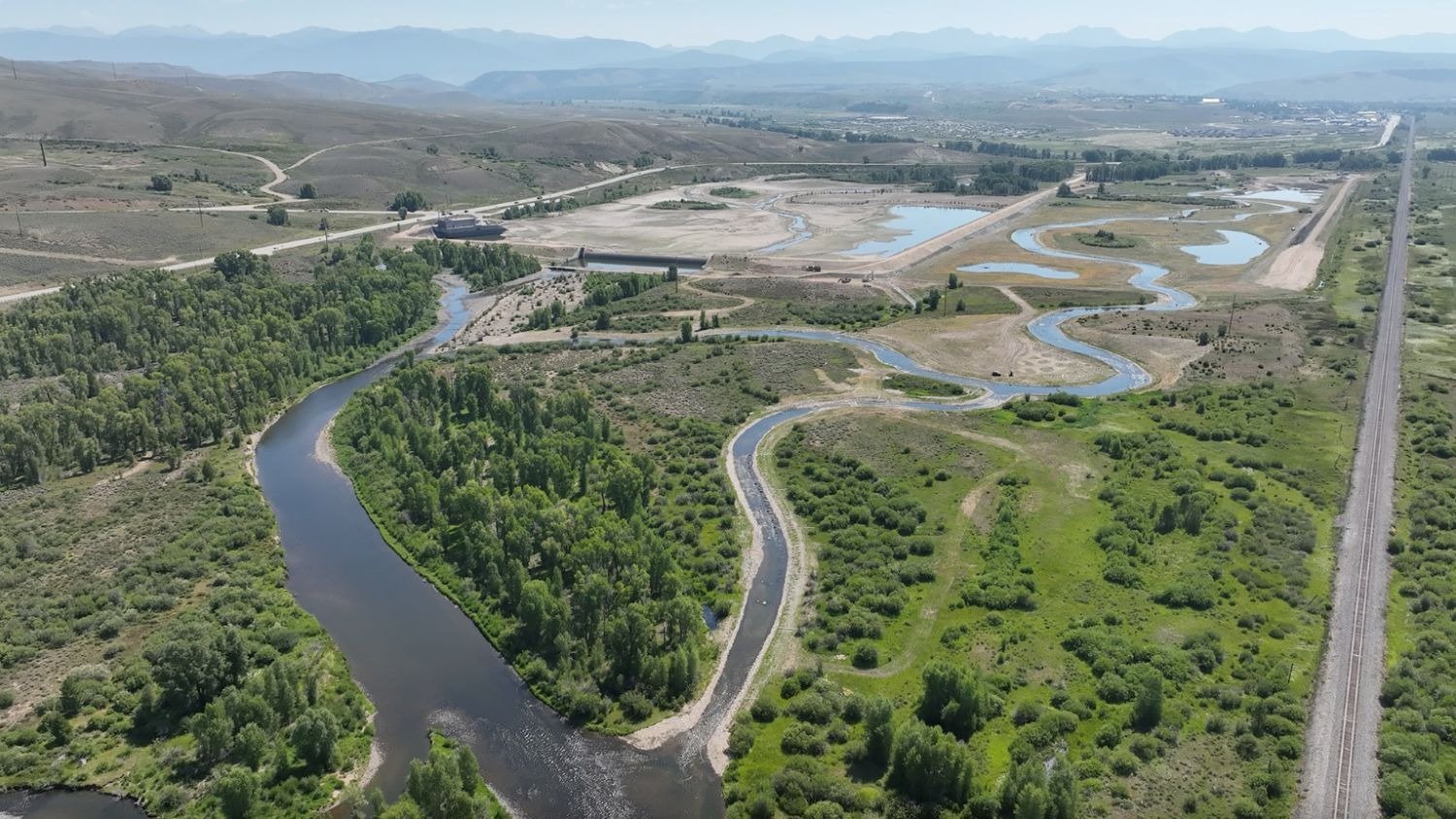Leo Gomolchak’s conservation efforts are still being felt today
It was Gomolchak, along with the late Jim Belsey and Steve Lundy, who really gave Colorado Trout Unlimited its boost toward its present standing of being a major player in the state’s conservation scene.
http://www.gjsentinel.com/sports/content/sports/stories/2007/06/03/6_3_OUT_sunday_column_WWW.html
Sunday, June 03, 2007
Every time an angler catches a healthy trout from Colorado’s rivers and streams, a small voice of thanks ought to go to Leo Gomolchak, the ardent coldwater conservationist who died on May 23.
A career military man who was proud but not prideful about his service to his country, Gomolchak, 81, rarely mentioned those times. Instead, he preferred to focus on whatever conservation battle was at hand, which more often than not was protecting this state’s coldwater fisheries for the future.
And some of the battles, notably about the state’s decision to stock whirling disease-infected trout, were memorable, indeed.
David Nickum, executive director for Colorado Trout Unlimited, recalls a wildlife commission meeting in 1994 when the panel was discussing whether or not to continue stocking whirling-disease infected fish in certain closed-basin waters.
Gomolchak ardently was opposed to stocking more WD-positive fish, particularly on the Western Slope, but the commission went ahead and approved a limited stocking plan that left Gomolchak red-faced.
“He always was frustrated that they didn’t come around faster on whirling disease and didn’t get a handle on it before it affected so many rivers,” said Nickum.
Rebecca Frank of Grand Junction was on the wildlife commission at the time and remembers that particular vote as one of the most-difficult she faced during her 12-year tenure.
“Leo was a key person in leading the charge” to do something about whirling disease, Frank remembers. “Early on, he wanted nothing to do with whirling disease and we should have listened to him.
“The good thing that came out it is we finally got a (whirling disease) policy adopted and the money (around $8 million) to clean up our hatcheries and get them ready for this century.”
That day was only one of the times the commission and state biologists were on the receiving end of Gomolchak’s pro-conservation scoldings.
Former state fisheries manager Eddie Kochman, one of those who felt the sting from Gomolchak’s arguments, called Gomolchak’s persistence “truly exceptional” while never showing a lack of respect for his opponents.
“Some of our greatest, more bitter arguments were about whirling disease,” Kochman remembered. “And in the end, we have to say Leo was right. He was one of a kind. I have never seen anyone so dedicated and persistent.”
Frank said Gomolchak remained receptive even during the most-heated discussions.
“He was so tenacious but he also was so gentlemanly,” Frank said. “At the end of the day, no matter how heated things got, you wanted to sit down with him and drink a beer and mull over the day.”
That tenacity earned Gomolchak the nickname “Pit Bull,” and his adversaries, nearly all of who became his friends, too, said he never let go of his main cause, conserving coldwater fisheries.
“You always knew that when Leo got up in front of the wildlife commission, he always was speaking on behalf of the resource,” Frank said. “There was no other agenda.”
It was Gomolchak, along with the late Jim Belsey and Steve Lundy, who really gave Colorado Trout Unlimited its boost toward its present standing of being a major player in the state’s conservation scene.
As a continuation of Gomolchak’s legacy, CTU recently established the “Gomo Grant” program to provide seed money grants for chapter conservation projects.
“He was one of the few folks who understood that to have a presence, you need to be present,” Nickum said. “We still miss having someone who has that fire and drive.”
Kochman agrees.
“I don’t see that today as much,” he said. “Between Leo and Belsey and Lundy, there was a level of accomplishment I had never seen before and probably never will see again.”
Among Gomolchak’s triumphs, including the state’s reversal on its whirling disease policy, are the roles he played in defeating Two Forks Dam, obtaining miles of public fishing waters in South Park and easing the “Row vs. Wade” controversy on the Arkansas River, when it was being debated whether water flows should be managed for anglers or recreational boaters.
“He would always ask us, ‘You guys sure you’re doing the right thing?’ ” recalled Doug Krieger, senior fisheries biologist for the Colorado Division of Wildlife’s Southeast Region. “He was one of the few guys eager to find out the details and go over the data and he really kept an open mind that way.”
While Gomolchak was a skillful negotiator, “There were some areas he felt there was no room for compromise,” Krieger said.
That including whirling disease, but he wasn’t hesitant to applaud the DOW when it adopted what Gomolchak thought was the right policies.
“He told me, ‘Kochman, you’re a slow learner but at least you learned,’ ” Kochman said.
It’s rare that a single voice can have such an impact, particularly one that rarely grabbed the spotlight and in fact purposely avoided being the center of attention.
Government agencies at all levels have much inertia to overcome, but like a small tugboat guiding a battleship into harbor, one persistent voice can help an entire agency change direction.
“His greatest attribute was his persistence,” Kochman said. “When it’s all over, if you look back and can say you made a difference, that’s all that matters. In Leo’s case, it was a big one.”









